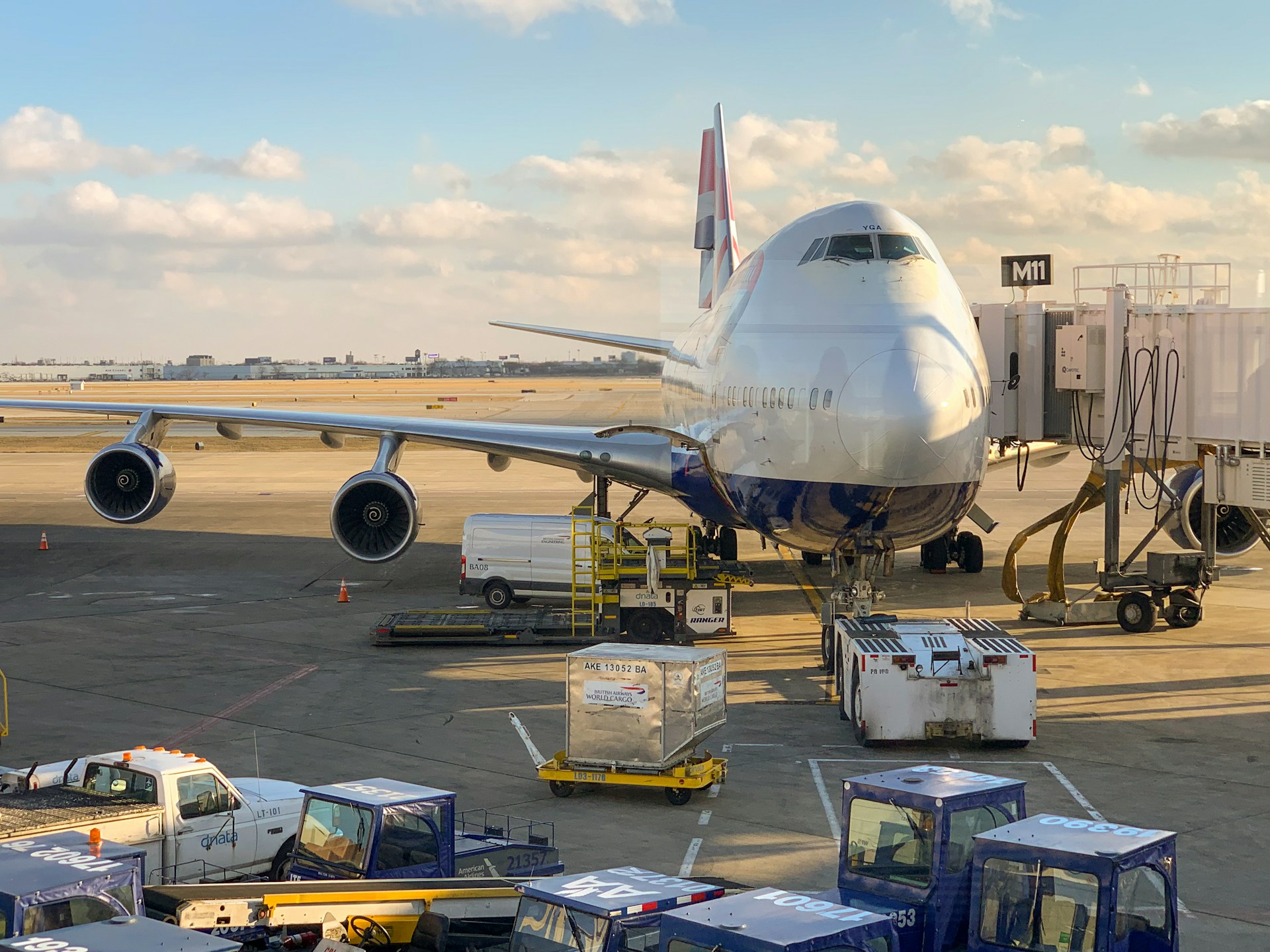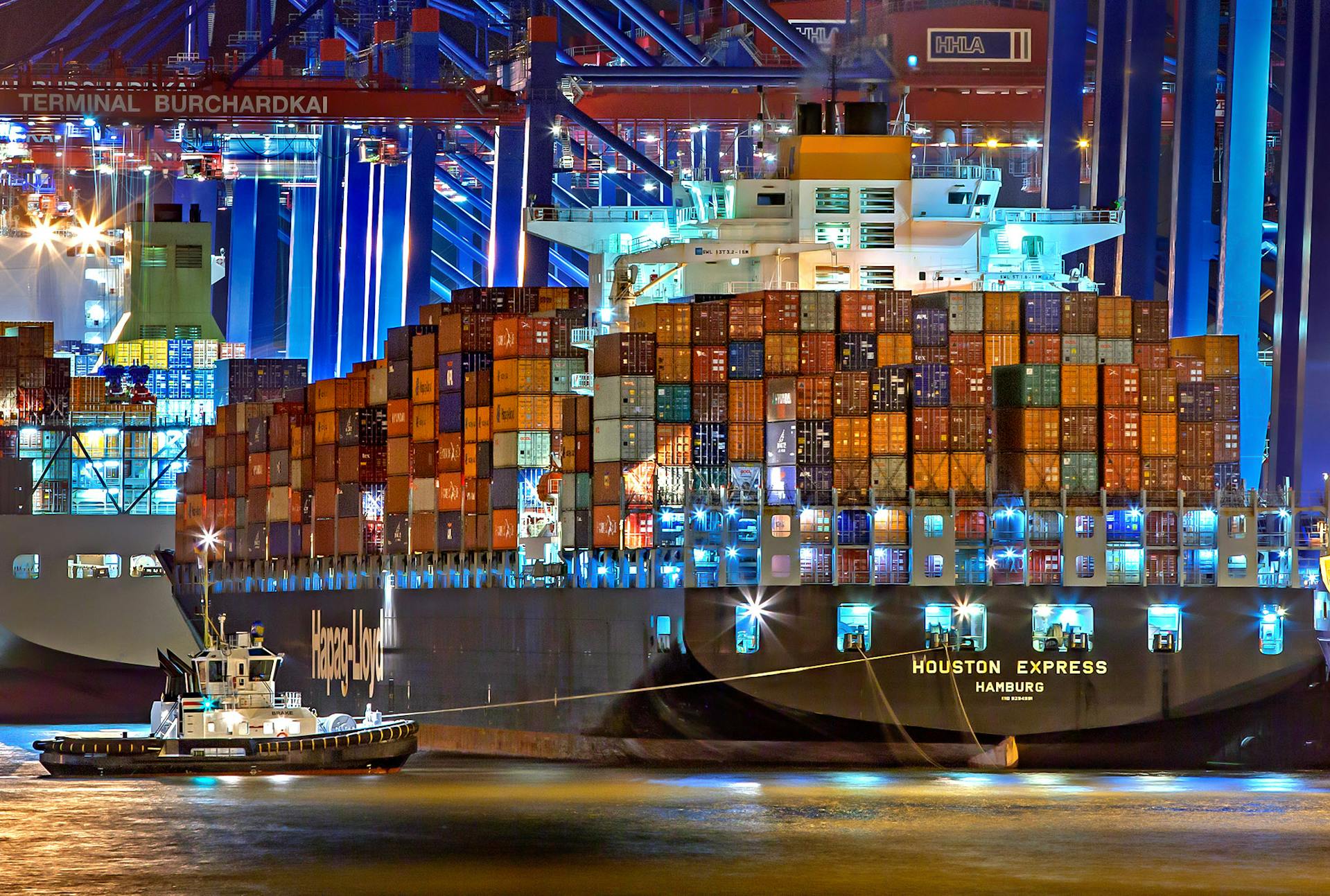In today’s interconnected world, businesses rely on efficient and cost-effective shipping solutions to transport goods worldwide. One of the most widely used methods for international trade is sea freight, offering reliability, affordability, and scalability for various types of cargo. But what exactly is sea freight, and why should businesses consider this shipping option? Let’s dive in.
What is sea freight?
Sea freight, also known as cargo by sea, refers to the transportation of goods via ocean vessels. This method is commonly used for bulk shipments, oversized cargo, and cost-sensitive freight that does not require rapid delivery. With ports connecting major trade hubs across the globe, sea freight remains the backbone of international logistics.
How does sea freight work?
The sea freight process involves several key steps to ensure smooth transportation from origin to destination:
- Booking & documentation – Freight forwarders arrange space on cargo vessels and manage shipping documents such as bills of lading and customs declarations.
- Cargo loading & consolidation – Depending on the shipment size, goods are either packed into full container loads (FCL) or combined with other shipments in less than container loads (LCL).
- Ocean transport – The cargo is transported across the seas, following optimized shipping routes to reach its destination efficiently.
- Customs clearance – Upon arrival at the destination port, customs officials inspect and approve the shipment for entry.
- Final delivery – Once cleared, goods are transported to their final destination via road or rail.
Benefits of shipping cargo by sea
Choosing sea freight for international shipping comes with several advantages:
- Cost-effective – Sea freight is one of the most economical methods for large and heavy shipments, offering lower rates compared to air freight.
- High capacity – Ships can transport massive amounts of cargo, making them ideal for bulk goods and oversized freight.
- Environmental sustainability – Compared to air transport, ocean shipping has a lower carbon footprint, making it a more eco-friendly choice.
- Global reach – With extensive port networks, sea freight enables businesses to ship goods to virtually any destination worldwide.
- Flexible shipping options – Businesses can choose between FCL and LCL shipments based on their needs and budget.
Choosing the right sea freight partner
To maximize the benefits of sea freight, it’s essential to work with an experienced freight forwarder who understands global shipping regulations, port operations, and efficient logistics management. Key factors to consider when selecting a sea freight provider include:
- Industry expertise – Look for a company with a proven track record in handling international ocean shipments.
- Strong carrier partnerships – Reliable relationships with major shipping lines ensure better rates and space availability.
- Comprehensive tracking & support – A provider with real-time tracking and responsive customer service can help streamline your shipping process.
- Customs & compliance knowledge – Ensuring proper documentation and customs clearance can prevent costly delays.
Berencourt Global Logistics: your trusted sea freight partner
At Berencourt, we specialize in sea freight solutions tailored to your business needs. Whether you require full container loads, consolidated shipments, or project cargo handling, our team ensures smooth and efficient transportation across global waters.
Looking for a cost-effective and reliable way to ship cargo by sea? Get in touch with us today to optimize your logistics strategy!



